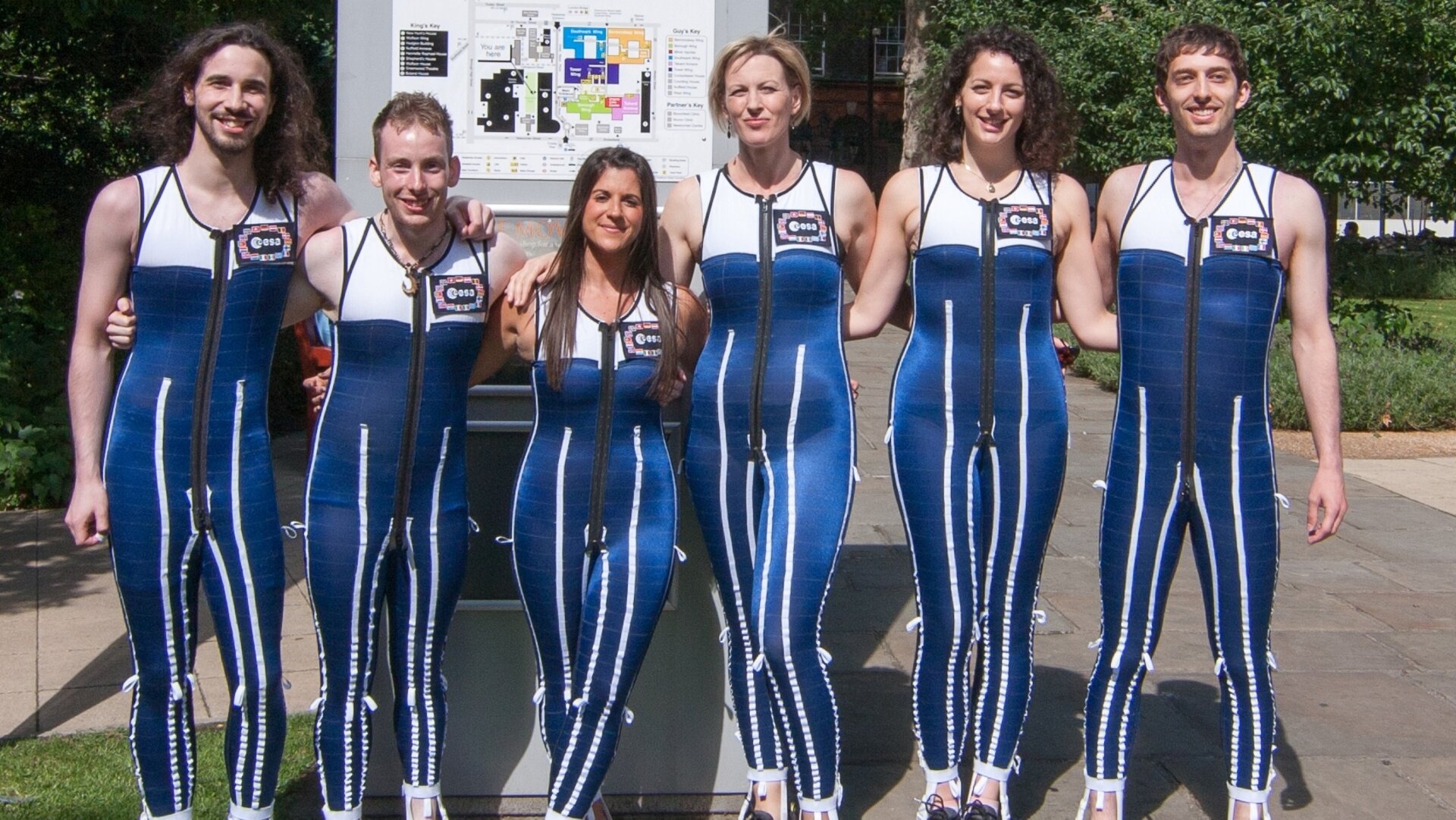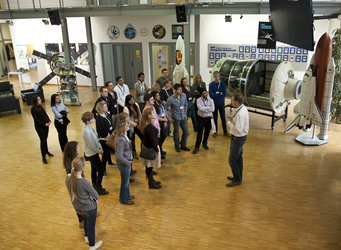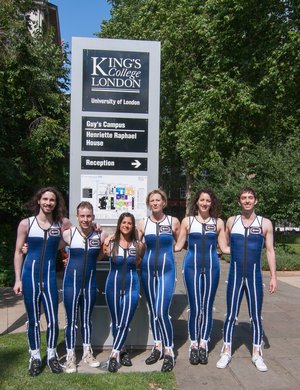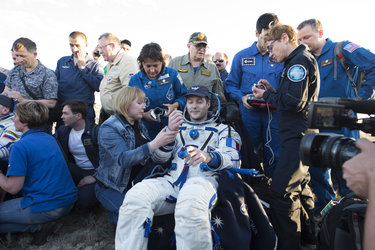Suit up for Skinsuit
The Space Medicine Office of ESA’s European Astronaut Centre is managing a project that could help astronauts overcome back problems in space, simply by wearing a high-tech tight-fitting ‘skinsuit’.

Floating in space, astronauts’ bodies adapt to weightlessness in ways that are not always wanted. Bone and muscle waste away as they have less work to do without gravity.
Astronauts have been known to grow by up to 7 cm as their spines lengthen in weightlessness. Many astronauts suffer from backache during their missions as a result. Back on Earth they need to take care as they exercise their bodies into shape, because after the mission an astronaut has four times more chance of suffering a slipped disc than usual.
The Skinsuit is a tailor-made overall with a bi-directional weave specially designed to counteract the lack of gravity by squeezing the body from the shoulders to the feet with a similar force to that felt on Earth. Current prototypes are made of spandex although new materials are being examined.
“Getting the suit to fit correctly was challenging,” explains Simon Evetts, Medical Projects and Technology Unit team lead at the European Astronaut Centre. “We needed to create a suit that is both tight-fitting but comfortable to wear, while creating the right amount of force in the right places.”

ESA’s Space Medicine Office is working with the universities of Kings College and University College in London, England, and the Massachusetts Institute of Technology, USA, to test prototypes. ESA astronaut Andreas Mogensen will be the first to wear the suit in space during his mission in 2015, where he will evaluate it from a functional perspective.
The Skinsuit has potential for use on Earth as well as for astronauts. “If the technology is effective in space, it could help the elderly and many people with lower-back problems on Earth,” says Simon.
“Additionally, Skinsuit technology could improve the support garments currently used for conditions like cerebral palsy.”










